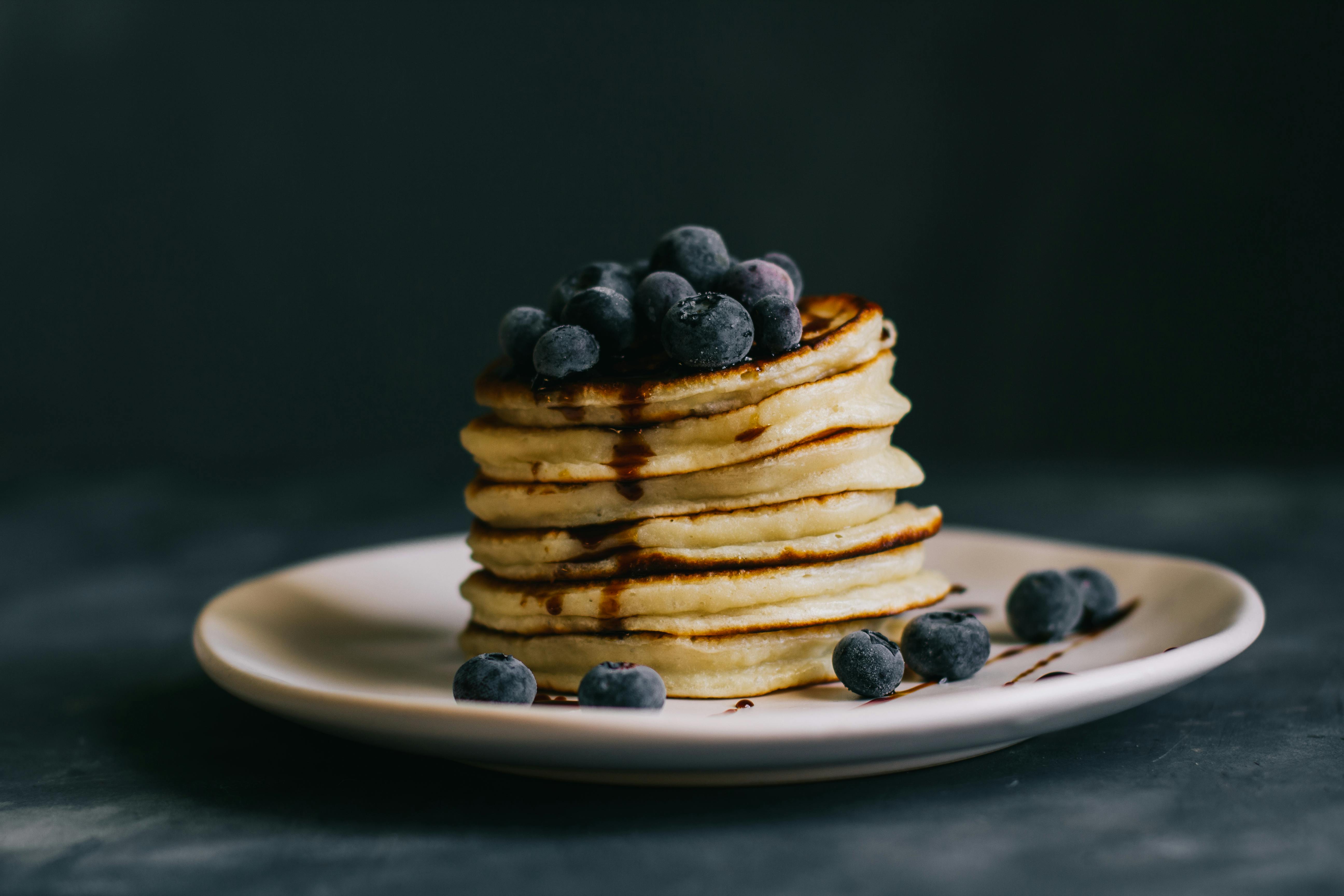
Wood is a natural, elegant and sophisticated living material. Combined with its warm features, it has opened up a beautiful world of countertop design options for today’s homeowners. Despite the versatility, timeless elegance, and durability that wood offers, many homeowners are concerned about its use and care. Here are reasons why you should consider a wood countertop, as well as some design ideas.
Health Concerns
The fear of salmonella has always been the first concern of my clients. For years, we’ve been told that plastic is less absorbent and therefore safer for cutting meats, especially poultry. In my research, I found just the opposite of a study dating back to 1993! Researchers at the University of Wisconsin began with the intention of finding a convenient way to disinfect wooden boards and tops to “make them as safe as plastic.” Their studies took a very different direction as the findings revealed that wooden cutting boards actually kill bacteria that survive well on plastic. The fact is, any top that isn’t cleaned or sanitized after use will attract bacterial growth.
cleaning and care
For daily cleaning, use a warm cloth with mild dish soap. If I’m cutting meats, I’ll also use a 1 part bleach to 10 parts water solution for additional sanitizing.
The key to easy daily cleaning is properly sealing the wood, and all you need is a rag and mineral oil. No need to buy expensive “wood countertop sealers”; instead, visit the pharmacy section at your favorite store for a regular bottle of mineral oil. First of all, if your countertop is new or you don’t know when it was sealed, you should follow this timeline: oil it once a day for a week, once a week for a month, and once a month forever. And while this may sound tedious, the app is quite simple. Simply apply it in a thick but even layer over the entire surface. Within 24 to 36 hours, the oil will absorb into the wood, offering better stain and germ repellency.
Keep in mind that the more you use the surface, the more often it will need to be sealed, especially during the dry winter months. If you see white areas, which is actually the wood drying out and lifting for moisture, this means it’s time to seal again.
design matters
Wood countertops have an incredible presence in a room, simply because they bring a true sense of balance to almost any space. Wood is warm and soothing, toning down the starkness of white palettes and offering universal appeal to any decor. The most popular species used today are hickory, maple, and cherry, but exotics like zebrawood, tigerwood, African iroko, and African mahogany are just a few favorites.
When choosing wood for your spaces, carefully consider not only the style and décor of the area, but also how you plan to use the surface. Construction method (how the top is milled), finish, and thickness further define the style and offer varying degrees of durability.
Here are some finishing options:
*Waterlox is a watertight finish typically used on decorative countertops that are not used for prep or chopping. If used near a water source, refinishing may be required over time.
* Mineral oil is the most requested finish as it allows the homeowner to use the surface for food preparation and maintain the finish without the need to hire a professional.
* Many abrading techniques are available, including nicks, nicks and scratches, knife marks, and rounded corners, all of which can be easily achieved after a few years of use!
Construction methods, top thickness and edge profiles include:
* Face Grain – Also called plank style, this style of countertops are planks that meet horizontally, showing the grain of the wood. This is the best method for decorative tops.
*Edge Grain – This butcher block style allows for the board layout to be thicker, up to 5 inches. This is the most stable method because the planks are narrow, averaging 1 1/2 inches wide.
*End Grain: Also called checkerboard style, this countertop style is made with planks of wood in vertical positions. This method provides the strongest, most durable application, best for cutting and chipping jobs.
* Edge Profiles: Edge profiles include Ogee, Beveled, and Bullnose; selection often depends on desired thickness, which can range from 1 1/2 inches to 15 inches. The most common thickness used today is 2 to 4 inches.
In short, yes, I agree there is maintenance, but the overall value and timeless beauty are hard to beat. Personally, I have had a wood countertop in my kitchen for the last 6 years and I really think it is a luxury to have one. The best part? Because I love to cook, there is no need to get cutting boards out of a cupboard!